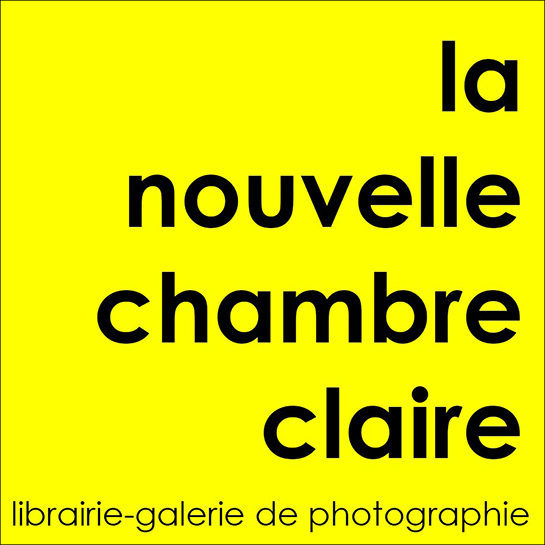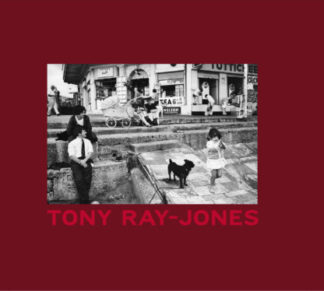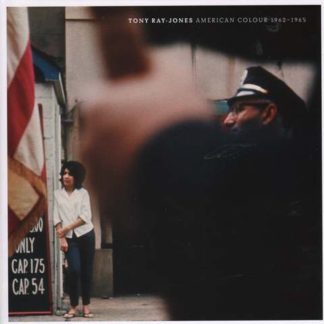Mort à trente ans, Tony Ray Jones a été l’un des photographes les plus marquants du siècle et son écriture photographique a laissé sa trace dans l’histoire de la photographie britannique. Martin Parr, fan inconsidéré de son travail, exhume les archives de ce photographe hurlubelu, qui traverse l’Angleterre dans les années 1960 à la recherche de ses alter-ego aussi décalés que saugrenus, avant de partir à New York où il devient proche de Garry Winogrand et Joël Meyerowitz. Une rétrospective en images attentivement sélectionnées et ordonnées par Martin Parr, accompagnée d’un imposant texte de Liz Jobey, qui replace le contexte de l’évolution de la photographie pendant ces années passionnantes.
Tony Ray-Jones est né en juin 1941 et décédé en mars 1972 et a laissé en une décennie une œuvre qui a marqué l’histoire de la photographie britannique. Elle a participé à l’évolution du médium qui s’est mis en place entre les années 1960 et les années 1970, alors que le photojournalisme déclinant poussa les photographes vers d’autres champs plus créatifs. Depuis sa mort, Ray-Jones incarne le symbole du photographe britannique indépendant, dont la vision artistique se place au-dessus d’un des considérations commerciales. Il est un photographe documentaire qui a su marquer son histoire par la force et le détail de son écriture photographique ; préface de Martin Parr, texte de Liz Jobey, photos en n.b.
The book focuses on photographs taken between 1966 – 1969 as Ray-Jones, driven by curiosity, traveled across the country to document English social customs and what he saw as a disappearing way of life. This small but distinctive body of photographs was part of an evolutionary shift in British photography, placing artistic vision above commercial success. In this short period of time, Ray-Jones managed to establish an individual personal style. He constructed complex images against a uniquely English backdrop, where the spaces between the components of the image were as important as the main subject matter itself.
Ray-Jones’ skills were gleaned from a generation of street photographers he encountered whilst living in New York in the mid-1960s. These photographers included Garry Winogrand, Joel Meyerowitz and others associated with the circle of legendary Harpers Bazaar art director Alexey Brodovitch. Their pictures defined the era as they used the street as a framework. Ray-Jones applied this new way of seeing to his native England and photographed his observations as they had never been seen before.
In 2012, Martin Parr alongside curator Greg Hobson, revisited Ray-Jones’ contact sheets from this period and found previously unseen images. These new discoveries will be exhibited and published alongside iconic early images, including vintage prints from the Martin Parr Foundation collection.














